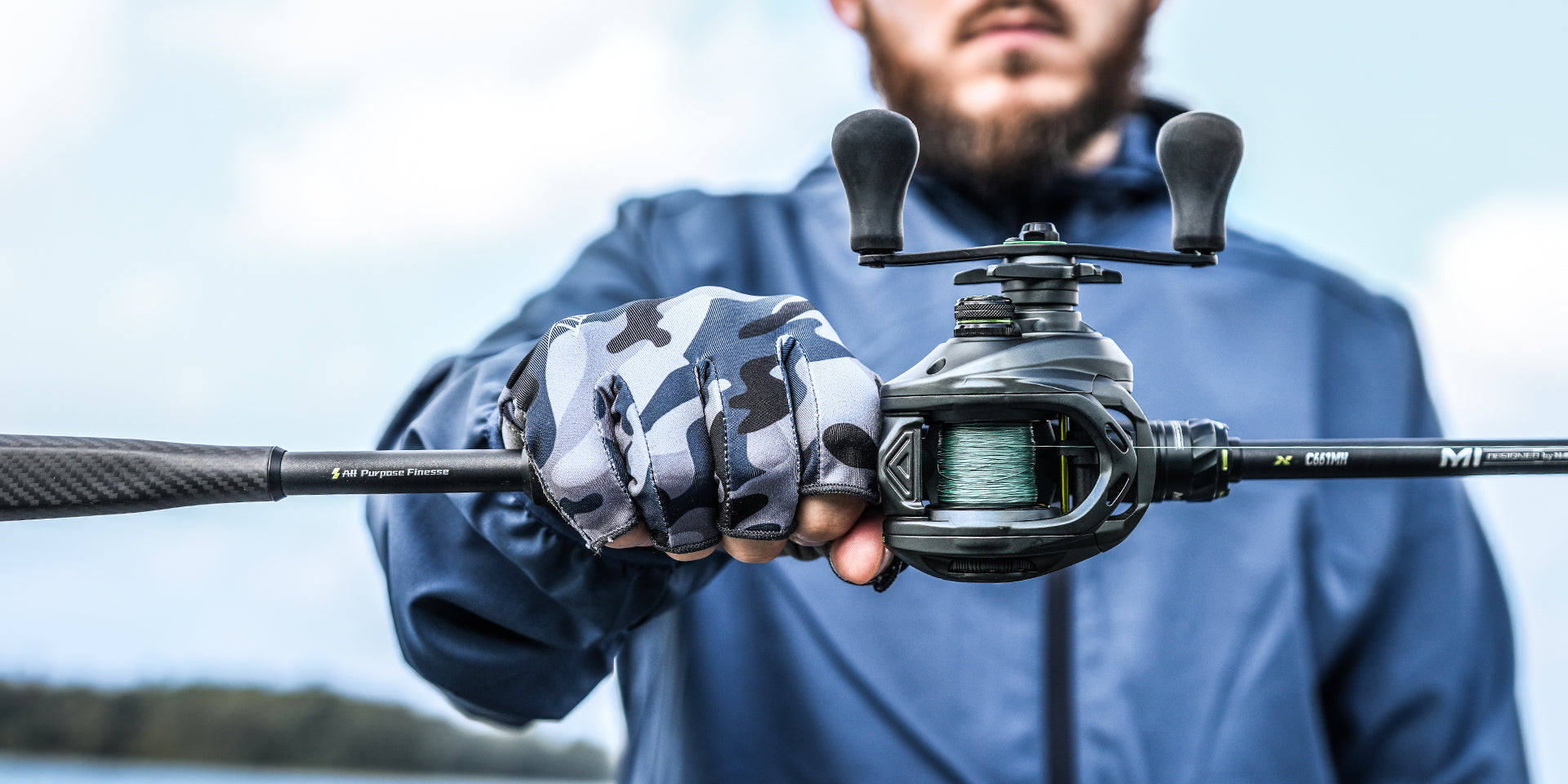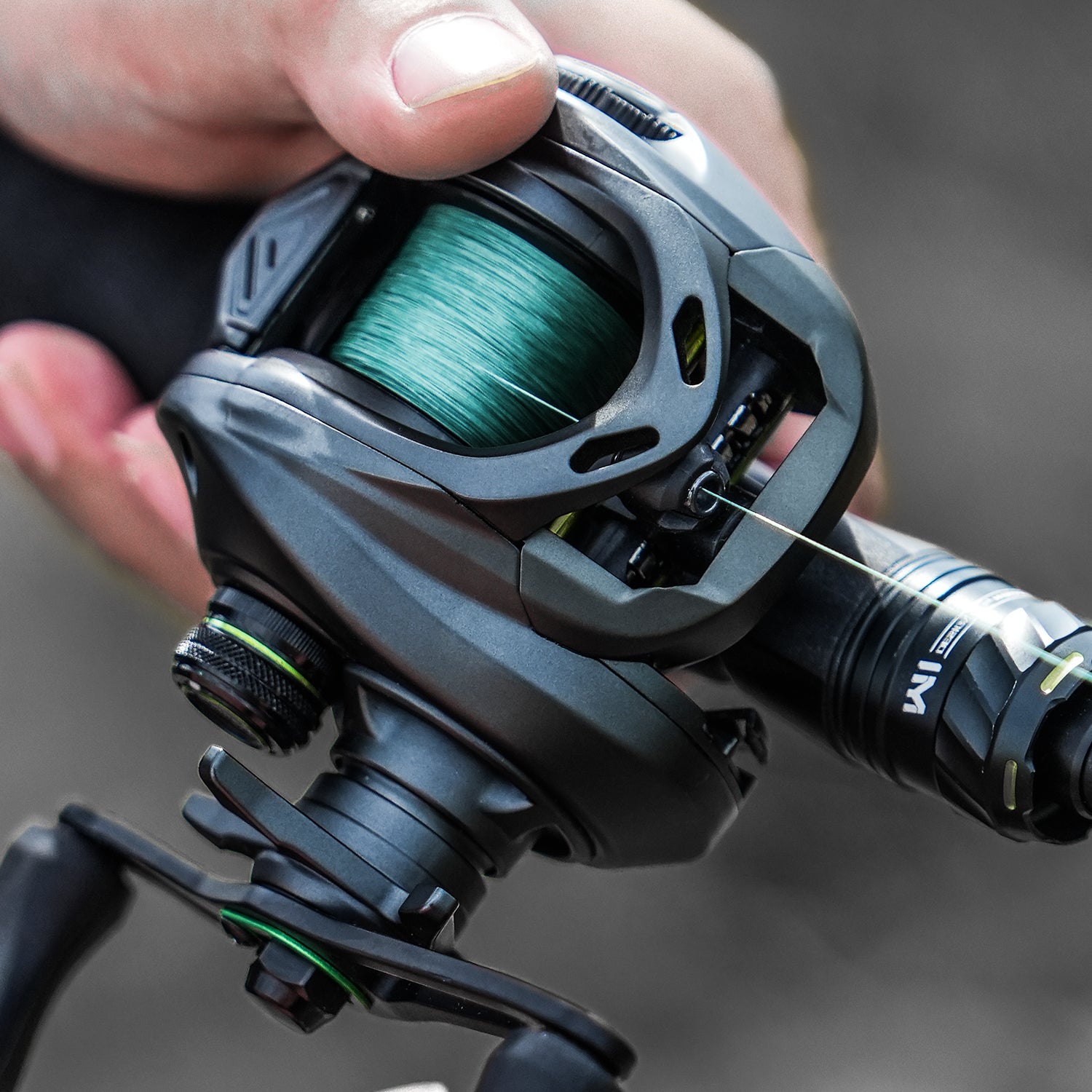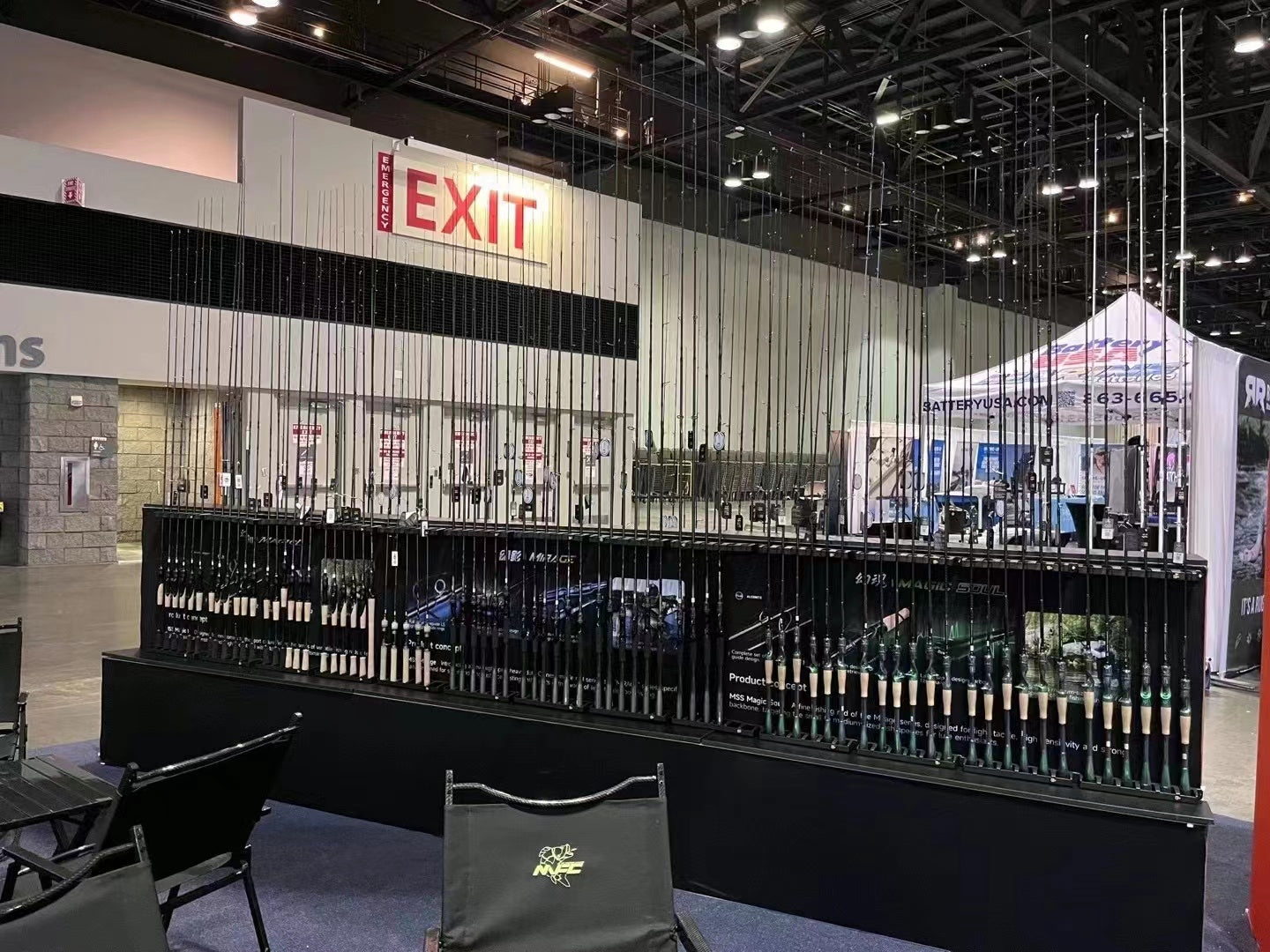Losing a big fish because your reel can't handle the fight is a painful lesson many anglers learn the hard way. Reel size isn't something you should take lightly—it affects every aspect of your fishing trip. The size of your reel determines how well it sits on your rod, how much line it will hold, and how much power it will give you to bring in what you hook. Choose too small, and you'll be off line when a fish makes a run; too large, and you'll be fighting arm exhaustion as well as the fish. Your rod style and fishing style clearly determine some reel sizes.
Reel Sizing Numbers Explained
When you go shopping for fishing reels, you'll find that they have different numbering systems that inform you of the reel's capacity and size. With these numbers, you can make decisions without having to study every specification.

Spinning Reels: The 1000-5000+ Scale
A spinning reel uses a thousand-series numbering system (1000, 2000, 3000, etc.). The general rule is simple: numbers get bigger with a larger reel that holds more line, has a heavier weight, and typically a more robust drag system. A 1000 reel is light and compact, while a 5000+ reel is heavy and large.
The size progression looks like this:
- 1000-2500: Small to medium freshwater applications
- 3000-4000: Medium freshwater to light saltwater use
- 5000+: Heavy freshwater or saltwater applications
Baitcasting Reels: The 100-400+ Scale
Baitcasting reels follow a hundred-series nomenclature (100, 200, 300, etc.). Again, the higher numbers indicate larger reels with larger line capacity. There are two general styles to these reels:
- Low-profile reels have a flattened, palm-fitting design popular for most casting techniques
- Round reels offer more line capacity for their size class, making them suitable for situations requiring extra line
While spincasting and baitcasting reels are the most common, there are spincast, conventional/trolling, and fly reels each having their own sets of sizes. All created to meet specialized fishing needs, but you only hear of them when you explore those specialized techniques. Understanding the nuances of reels becomes essential as you deepen your fishing knowledge.

What Exactly Determines Your Ideal Reel Size?
Before diving into specific recommendations, it's important to understand the four key factors that influence which reel size will work best for your fishing setup. These principles will guide your decision-making process regardless of brand or fishing scenario.
Rod Compatibility: Power & Length Dictate Reel Size
Your fishing rod's characteristics form the foundation for reel selection. Rod and reel must work together as a balanced system. When properly matched, the balance point falls near the front of the reel seat or handle.
Two rod factors have the greatest impact on appropriate reel size:
- Rod power rating (ultralight to extra-heavy) - lighter power ratings require lighter, smaller reels
- Rod length - longer rods generally need larger reels to maintain proper balance
A poorly balanced combo causes fatigue during extended fishing periods and lowers your sensitivity to bites and lure movement. The real-world test is easy: attach the reel, hold the combo at the grip, and see if it is front-heavy, back-heavy, or balanced properly.
Line Capacity: Species Behavior & Fishing Environment
Every reel has specific line capacity limitations. Your required line capacity depends on:
- Target species behavior - Fish that make long runs need more line than those that fight vertically
- Fishing depth - Deeper water requires more line simply to reach the strike zone
- Typical casting distances - Shore fishing often demands longer casts than boat fishing
Braided line's smaller diameter allows about twice the yardage of monofilament for an equal pound-test rating. This says that the same physical size reel can be used in wildly different fishing situations depending upon line choice.
Your goal is to select a reel that will carry sufficient line for your specific fishing experience, without excess size or weight.
Drag Strength: Fish Size Determines Required Power
As the fish increase in size, so does the need for stronger drag systems. The quality and maximum pressure rating of the drag mechanism become crucial when targeting larger species.
Reel size generally has a relationship with drag capacity - larger reels tend to have stronger drag systems with higher maximum pressure ratings. This is why larger fish generally require larger reels, even if line capacity is not the deciding factor.
The key principle: your reel's drag system must have enough stopping power for your quarry species but remain smooth throughout the fight.
Fishing Techniques: Finesse vs. Power Applications
Different fishing techniques place different demands on reels:
Finesse techniques emphasize lighter lines, smaller lures, and subtle presentations. These approaches benefit from smaller, lighter reels that won't overpower delicate movements or tire anglers during constant casting.
Power techniques utilize heavier lines, larger lures, and more aggressive presentations. These methods require larger reels with stronger components to handle the increased stress during casting and retrieval.
The lure weights you'll typically throw also factor into this equation. Heavier lures create more strain on reel components and generally require more robust (and therefore larger) reels.

Specific Reel Size Recommendations for Every Fishing Scenario
With the principles we've covered as your foundation, here are specific size recommendations that work for most common fishing setups. These guidelines have proven reliable for anglers across different fishing environments.
Spinning Reel Size Chart by Fishing Scenario
Spinning reels are versatile options for a wide range of fishing applications. Here's how to match them to your specific needs:
1000-2500 Size: Light Tackle Applications
- Best for: Ultralight to light power rods (5-6.5 feet)
- Target species: Panfish, trout, small stream bass
- Techniques: Drop-shotting, light jigs, small soft plastics, tiny crankbaits
- Line ratings: 2-8lb test line (mono/fluoro), 4-10lb test (braid)
- Advantages: Minimal weight for all-day casting, perfect for finesse presentations
2500-3500 Size: Medium Tackle Applications
- Best for: Medium-light to medium power rods (6-7 feet)
- Target species: Bass, walleye, redfish, speckled trout
- Techniques: Texas rigs, ned rigs, medium crankbaits, topwater
- Line ratings: 6-12lb test (mono/fluoro), 10-20lb test (braid)
- Advantages: Versatile all-around size for most freshwater fishing
3000-5000 Size: Heavy Freshwater/Light Saltwater
- Best for: Medium-heavy to heavy power rods (6.5-7.5 feet)
- Target species: Larger bass, pike, catfish, snook, redfish
- Techniques: Heavy jigs, large swimbaits, bottomfishing
- Line ratings: 10-20lb test (mono/fluoro), 20-40lb test (braid)
- Advantages: Stronger drag systems, more line capacity for larger species
4000-6000+ Size: Medium to Heavy Saltwater
- Best for: Heavy power rods (7-9 feet)
- Target species: Striped bass, cobia, small tuna, nearshore reef fish
- Techniques: Heavy bottomfishing, surf casting, live bait fishing
- Line ratings: 15-30lb test (mono/fluoro), 30-65lb test (braid)
- Advantages: Maximum drag power, corrosion resistance, extended line capacity
Baitcasting Reel Size Chart (Low-Profile Models)
A baitcasting reel excels at precision casting and handling heavier lures. Here's how to match sizes to your fishing needs:
100/150 Size: Finesse Baitcasting
- Best for: Medium power rods (6-7 feet)
- Target species: Bass, walleye, smaller inshore species
- Techniques: Lighter crankbaits, finesse jigs, smaller topwater
- Line ratings: 8-12lb test (mono/fluoro), 15-30lb test (braid)
- Advantages: Lower profile, lighter weight for extended casting sessions
200 Size: All-Around Bass Fishing
- Best for: Medium to medium-heavy power rods (6.5-7.5 feet)
- Target species: Bass, pike, walleye, redfish
- Techniques: Spinnerbaits, medium-heavy jigs, Texas rigs, crankbaits
- Line ratings: 10-17lb test (mono/fluoro), 30-50lb test (braid)
- Advantages: Most versatile baitcasting size, balances power and comfort
300 Size: Heavy Cover/Big Baits
- Best for: Heavy power rods (7-7.5 feet)
- Target species: Larger bass, pike, musky, redfish
- Techniques: Flipping, pitching, big swimbaits, frog fishing
- Line ratings: 14-25lb test (mono/fluoro), 40-65lb test (braid)
- Advantages: Enhanced gear strength, larger handles for leverage
400 Size: Trophy Hunting/Giant Baits
- Best for: Extra-heavy power rods (7.5+ feet)
- Target species: Musky, large catfish, big stripers
- Techniques: Oversized swimbaits, heavy flipping, large glidebaits
- Line ratings: 20lb+ test (mono/fluoro), 50-80lb test (braid)
- Advantages: Maximum power, enhanced line capacity, strongest drag systems
These recommendations serve as excellent starting points, but your specific rod might require adjustments. Always prioritize how the combination feels in your hands over rigid size categories.
Size Your Reel Right!
Precise reel size delivers an even fishing system that eliminates lost catches and maximizes your on-the-water time. Your target behavior, location, rod strength, and techniques all suggest a correct size range. The last check is how comfortable the combo is in your hand – an ideal matched reel reduces fatigue, improves casting, and amplifies bite sensitivity. With the tips outlined in this article, you'll be ready to choose the ideal reel size to catch that trophy fish when the moment arises.








